As it happens many scientific meetings do encourage student participation; there are often awards for the best student presentations and student oriented workshops. Also, these meetings provide us with opportunities to not only learn the latest developments in our field but also to learn who the movers and shakers are in our fields (and if we are lucky, even meet these individuals!). The opportunities and connections available to us at international meetings often help set us on career paths in our chosen fields that may one day see us become the next generation of movers and shakers, and that is no small thing! Not to mention the valuable presentation and communication skills that we have to learn in order to actually give an award worthy presentation. Have I managed to convince you yet of the value of the scientific meeting to the mere student?
Not quite, well how about this. We, as grad students, are the next generation of scientists in our chosen field. (That in it-self should be enough!) We should be exposed to the experts in our fields. We should be taught how to share and communicate our findings to the experts in our fields, the academics, government scientists, NGOs and of course our own peers. If we do not learn these valuable skills we risk loosing the fruits of our labour to obscure scientific journals that can few can access! We want to make... or at least think, that we have something to offer and that our work can and lead to progress in our chosen fields.
But for a student to attend a scientific meeting they must have the means to do so and this means $$$!. Without funding these meetings are usually inaccessible to students. Some students are lucky to have a conference budget included in their funding package or perhaps have supervisors who can financially support their attendance. For others of us without these opportunities we must be resourceful and get really good at finding the money elsewhere. Most universities expect that a grad student will have the opportunity to present their work at a scientific meeting at least once during their graduate program and have limited pots of money available for this.
Over the course of my PhD program I have been pretty lucky – I have been able to attend and present my work at both large international scientific conferences as well as a number of smaller symposia. And I have managed this without any formal conference budget or financial support from my supervisor. How have I managed this you might be wondering? Well in short I have had a good dose of luck and a good credit card in my pocket! (by the way I don’t recommend the credit card route except as a last resort..). In some cases I have been able to gather up small pots of money from NGO groups, my department and other sources so that at least my flights, accommodation and registration fees can be covered. In others, I have crashed in other student’s rooms, searched on line for cheap hotels or used carefully saved air-miles to save money. Other times I have had to dig deep into my pockets but this has been a sacrifice I have been willing to take because I understand the importance of being able to share my work with my colleagues, particularly in Alaska.
This December the 19th Biennial Conference on Marine Mammals is taking place in New Zealand. After much agonizing I decided against trying to present at this meeting, due in part to the huge cost of getting to New Zealand as well as the fact that I will be desperately trying to finish my thesis at that time and the guilt of being in New Zealand and not working on the dam thesis would be too much for me. But last week, as I signed up to run in my first ever half-marathon, an idea came to me. Why don’t I put this challenge to a greater use? Why don’t I use this half-marathon to help raise funds for student travel grants so that so that I can help other students attend the conference.
In 2011 I was the lucky recipient of a travel grant from the American Cetacean Society – Puget Sound Chapter (without their grant I would not have been able to present my work at the 18th Biennial Marine Mammal Conference), so over the next few weeks I will be raising funds to donate towards the ACS-PS student travel grants. Though a slightly offbeat thing to run 13 miles for I hope that I have managed to convince you of the worth of the Scientific Meeting for the grad student and why indeed this is a good cause to support. After all we are the future scientists in our field and in this particular case we will be the ones working to conserve and manage cetaceans and other marine mammals that inhabit our oceans, and working to improve the overall health of the world’s marine systems. A noble cause if ever there was one!
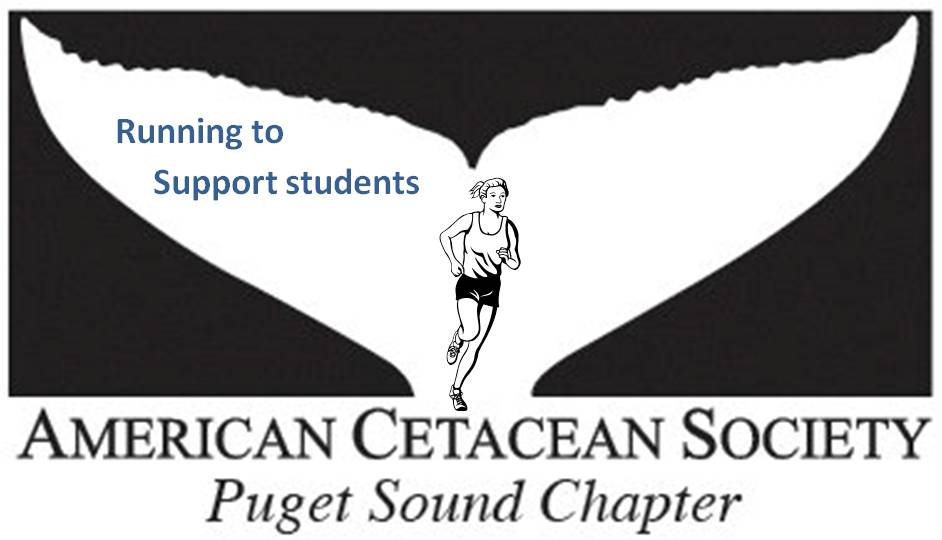
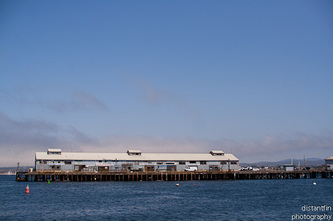
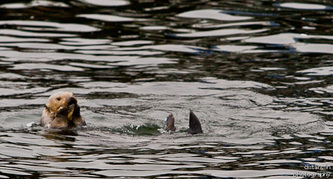

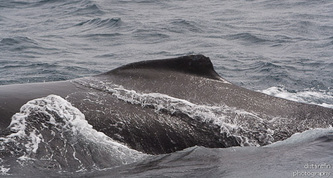
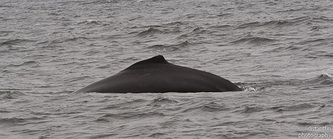
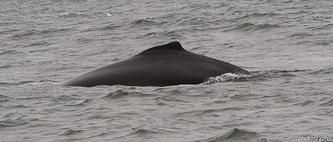
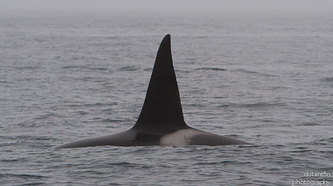
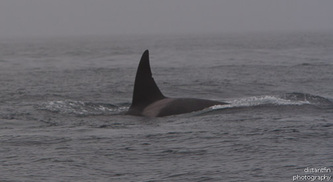
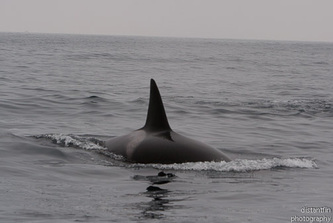
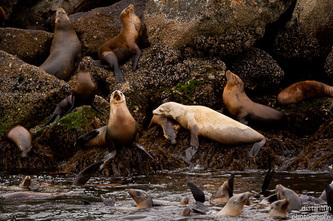
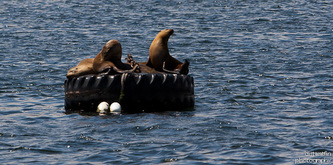
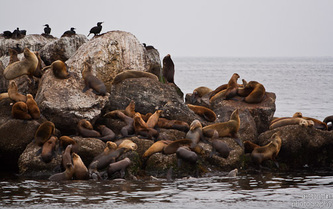


 RSS Feed
RSS Feed